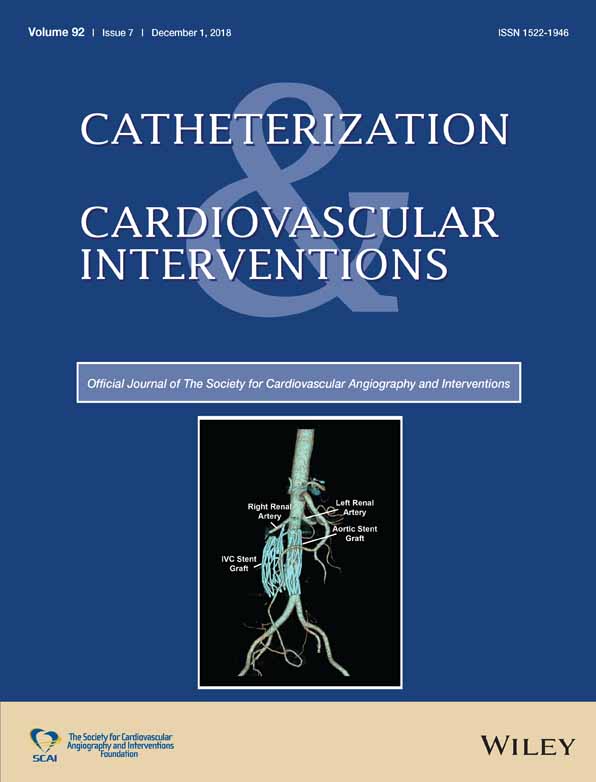Valvular and Structural Heart Diseases
Transcatheter valve-in-valve for failing bioprosthetic aortic valve: Usually a good idea
First published: 07 December 2018
Key Points
- Use of bioprosthetic implants for surgical aortic valve replacements (SAVR) has been increasing in the recent years
- Surgical redo AVRs for failed surgical aortic bioprostheses have been traditionally considered the standard practice; however, in patients with higher surgical risk scores, transcatheter valve-in-valve aortic valve replacements are being commonly performed
- There is scarcity of data comparing these two approaches in this complex patient cohort
- Available data suggest that transcatheter ViV aortic valve replacement is generally a safe approach once some caveats are accounted for
CONFLICT OF INTEREST
Nothing to report.




